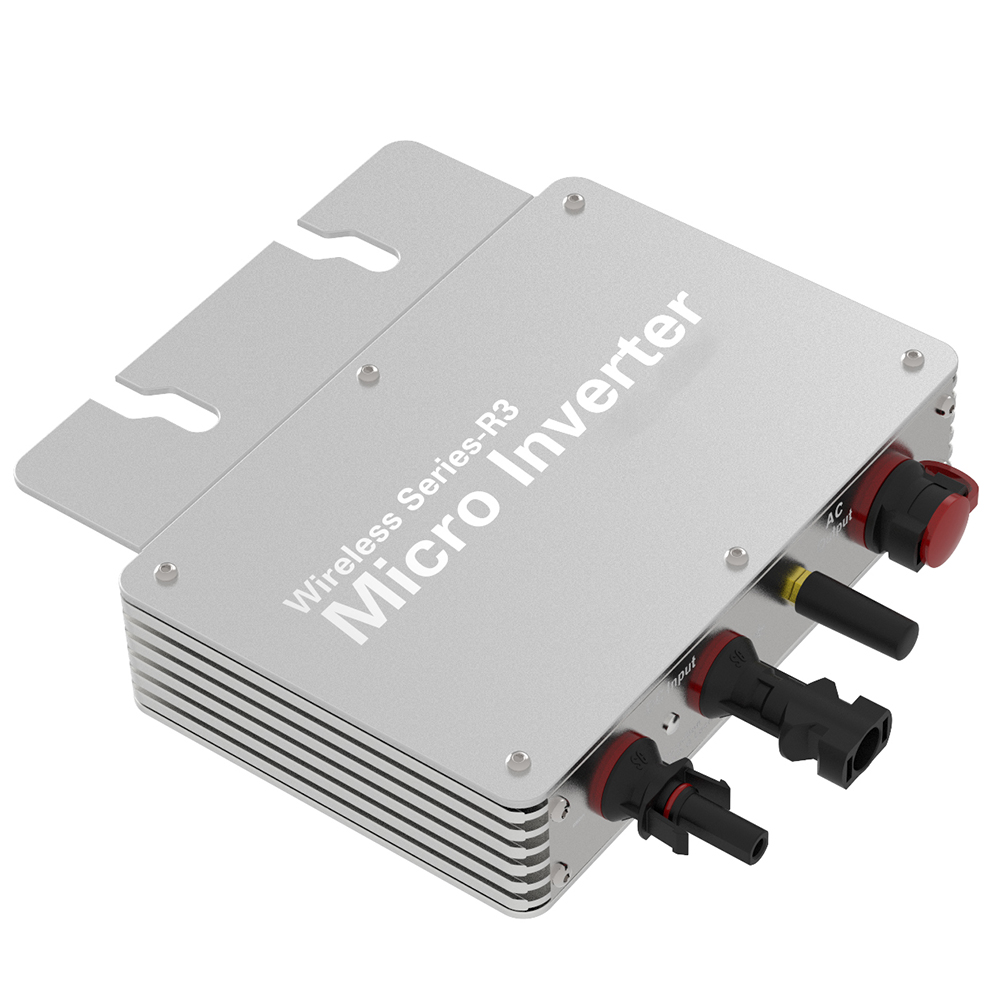Solar inverter is the key equipment to convert DC power into AC power, and is an indispensable part of solar power generation system. Its main technical indicators include the following aspects:
1. Efficiency: The efficiency of solar inverter is one of the most important technical indicators. The efficiency of the inverter directly affects the power generation efficiency and economy of the entire solar power system. Common inverter efficiency includes static efficiency and dynamic efficiency, static efficiency is the efficiency at rated power, dynamic efficiency is the efficiency under different load conditions.
2. Frequency conversion range: The frequency conversion range of the solar inverter refers to the DC input voltage range and AC output voltage frequency range that the inverter can support. Under normal circumstances, the inverter needs to be able to work normally under different environmental conditions, including changes in solar radiation, temperature changes, etc.
3. Output waveform: The output waveform of the solar inverter needs to meet the national grid access standards, usually requiring the output waveform to be sine wave or approximately sine wave. The quality of the output waveform directly affects the performance and stability of the inverter's access to the power grid.

4. Reliability: The reliability of the solar inverter is an important technical indicator, which includes the life of the inverter, reliability indicators and failure rate. Solar power generation systems usually require long-term stable operation, so the reliability of the inverter is crucial.
5. Efficiency curve: The efficiency curve of the solar inverter refers to the efficiency change of the inverter under different power conditions. Understanding the efficiency curve of the inverter helps the user choose the right inverter and optimize the power generation efficiency of the system.
In general, the main technical indicators of solar inverters include efficiency, frequency conversion range, output waveform, reliability and efficiency curves. These indicators are of great significance for the design, selection and operation of solar power generation systems, which affect the power generation efficiency, economy and stability of the system. Therefore, when choosing a solar inverter, it is necessary to consider these technical indicators comprehensively, and select the appropriate inverter products according to actual needs.



